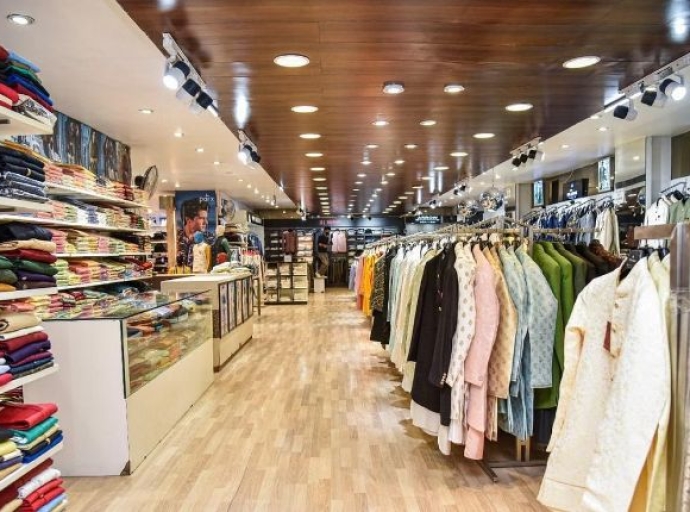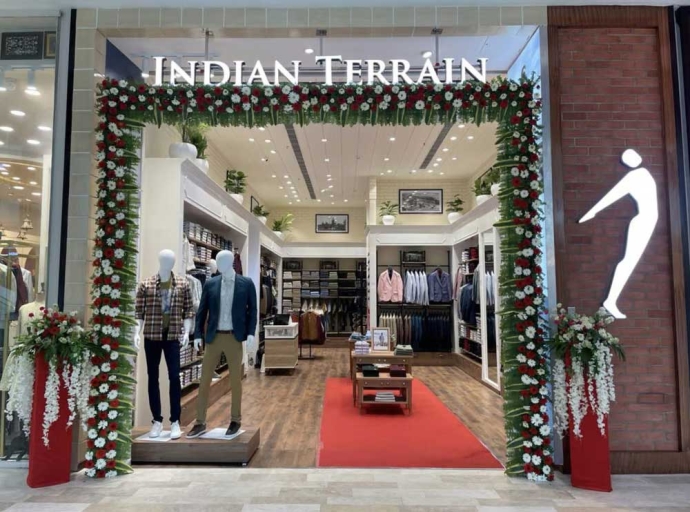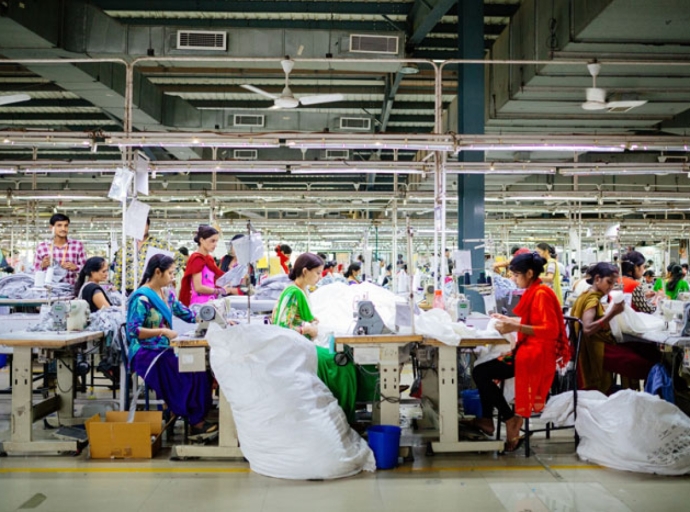Ethnic wear is trending like never before as new generations of designers and brands are giving it a modern tweak, making it unique and trendy, straight off European catwalks.
Women’s office ethnic wear earlier would be Western wear or saris but over the last few years, a new trend of wearing different styles of smart Indian wear or Indo-westerns has increased, with the ethnic wear market currently growing at around 20 per cent per annum.
Though the basic categories of salwar-kameez, lehengas, kurtas, kurtis and leggings among others have remained the same, it’s the style and cut that’s doing the talking.
The unorganized segment dominates around 80-85 per cent of the market while the more expensive organized segment of 15-20% is around Rs 28,000-37,000 crore in size. In the smaller organized ethnic wear segment, over 40 per cent is mid-value while 30 per cent is the premium, super-premium and luxury brands.
Mergers and acquisitions widen market
Looking at the immense opportunities in the category, some of India’s top corporate houses, including Aditya Birla Fashion, Reliance Retail and Tata-owned Trent and Taneira by Titan are making inroads into the segment through a series of acquisitions and mergers.
Brands such as W and Aurelia, both from TCNS Clothing, as well as stand-alone brands such as Biba Apparels founded by Meena Bindra have helped fuel growth in the women’s segment.
Manyavar from Vedant Fashions is doing well in the men’s segment and Fabindia in both men and women’s segments.
Tata-owned Trent has also launched an all-new brand called Samoh, which will accelerate its marketing and promotional strategies to compete with Reliance Retail and Aditya Birla Fashion in the ethnic wear space
Reliance Retail and ABFRL lead the segment
The two biggies of the apparel segment namely Reliance Retail and Aditya Birla Fashion are tying up with the big names in the business while the going is good. Reliance Retail, has tied up with high-end designers including Satya Paul, Raghavendra Rathore, Ritu Kumar, Anamika Khanna, Manish Malhotra, Rahul Mishra and Abraham & Thakore to showcase their product portfolios in their stores.
At the same time, it has been aggressively pushing its affordable ethnic wear mid-segment range through its Reliance Trends stores and in-house brands such as Avantra by Trends.
As per the company in 2022, Reliance Retail has built capabilities through organic growth, acquisitions and strategic partnerships with investments near Rs 30,000 crore n FY 2021-22. Reliance Retail added over 2,500 new stores and 11.1 million space during the year and opened around seven stores a day across India.
Aditya Birla Fashion and Retail (ABFRL) has now gone beyond its Pantaloons chain to a much wider audience with new collaborations and stores. ABFRL will be acquiring a 51 per cent stake in ethnic wear company TCNS Clothing for Rs 1,650 crore.
This is one of the biggest-ever deals in the apparel segment in India. This part-cash, part-equity deal will involve buying the founding promoter’s stake as well as making a conditional open offer and will be completed in the next three to four months.
Ashish Dikshit, MD, ABFRL has said in media interactions, that from here on, they are looking to rapidly grow ethnic wear business and focus on scaling up the portfolio.
They are looking at small acquisitions of digital brands or within categories such as activewear, youth wear and athleisure. He says, nothing will compare to the efforts they put to increase their presence in ethnic wear, which is a third of the total apparel market in India.
And having built a portfolio of brands, both organically and inorganically, over the last few years, ABFRL is now looking to fast forward growth.
Indeed, ethnic wear is the largest apparel category in India at Rs 1.84 trillion which is around 30 per cent of the Rs 6.15-trillion domestic apparel market. Most brands are now including this segment in their portfolio as it could well be their fast ticket to success in future.




































